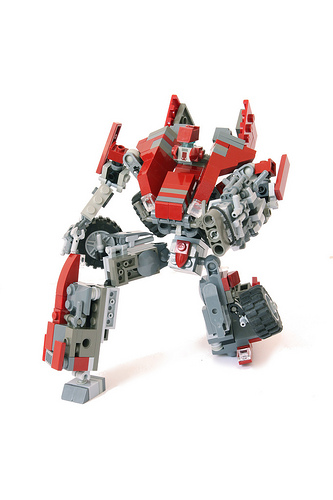 Saying ‘to become’ in Spanish can seem a bit daunting, as there isn’t just one single verb to cover all instances. In this guide, we will explore the key Spanish verbs that translate to ‘to become,’ providing you with clear explanations and usage examples to help you master this important aspect of the language. Let’s get started!
Saying ‘to become’ in Spanish can seem a bit daunting, as there isn’t just one single verb to cover all instances. In this guide, we will explore the key Spanish verbs that translate to ‘to become,’ providing you with clear explanations and usage examples to help you master this important aspect of the language. Let’s get started!
1. Ponerse (+ an adjective)
Ponerse + an adjective refers to a physical or emotional change that is not permanent. For example:
Cada vez que tengo que ir a la oficina del director, me pongo muy nervioso.
Every time I have to go to the principal’s office, I get very nervous.
Ponerse can also describe uncontrollable physical changes, such as those that occur involuntarily. For example:
Mis manos se ponen rojas cuando hace frío. My hands turn red when it’s cold.
2. Volverse (+ an adjective)
Volverse + an adjective is used for sudden or gradual changes in a person that are permanent. The most common use is when referring to someone who went crazy. For example:
María se volvió totalmente loca.
María went totally crazy.
Note: Even though volverse is for “permanent” changes, it can also be “semi permanent” meaning María went temporarily crazy, not so crazy that she was moved to a mental institution.
3. Hacerse (+ an adjective or + a noun)
Hacerse is used for changes that come along due to a personal effort. For example:
Ella estudió por varios años y se hizo doctora.
She studied for many years and became a doctor.
It can also be used to describe external changes or the gradual development of a situation. For example:
Se hace de noche. It’s getting dark.
4. Llegar a ser (+ an adjective or + a noun)
Llegar a ser is used for gradual changes, things that change over time. For example:
El rock nacional llegó a ser muy popular en Argentina.
Rock nacional became very popular in Argentina.
The key to conjugating “llegar a ser” lies in understanding that only the verb “llegar” is conjugated. The word “ser” remains unchanged.
For example, the present tense of “llegar a ser” would be:
- Yo llego a ser
- Tú llegas a ser
- Él/Ella/Usted llega a ser
- Nosotros/nosotras llegamos a ser
- Vosotros/vosotras llegáis a ser
- Ellos/Ellas/Ustedes llegan a ser
This pattern applies to all tenses. You simply conjugate “llegar” according to the subject and tense, while “a ser” remains constant.
5. Convertirse en (+ a noun)
Convertirse en refers to a physical or very dramatic change. For example:
En la biblia, agua se convirtió en vino.
In the Bible, wine turned into water.
Note: Convertirse a is not interchangeable with convertirse en. Convertirse a refers to converting religions. For example:
Ella se convirtió al budismo después de viajar por el Tíbet. She converted to Buddhism after traveling through Tibet.
Convertirse is a reflexive verb derived from the irregular verb convertir. As a result, “convertirse en/a” also follows irregular conjugation patterns.
The Bottom Line
Mastering “to become” in Spanish requires understanding the nuances of the five distinct verbs we mentioned above. Each verb conveys a specific shade of meaning, whether it’s a temporary change, a gradual transformation, or a dramatic shift. By carefully choosing the right verb, you can express yourself with greater precision and fluency in Spanish.
To deepen your knowledge, explore our resources on Spanish grammar and vocabulary, including our guide about how to conjugate -IR verbs in Spanish, and our slang dictionaries.
Check out these other articles to help you Learn Spanish.